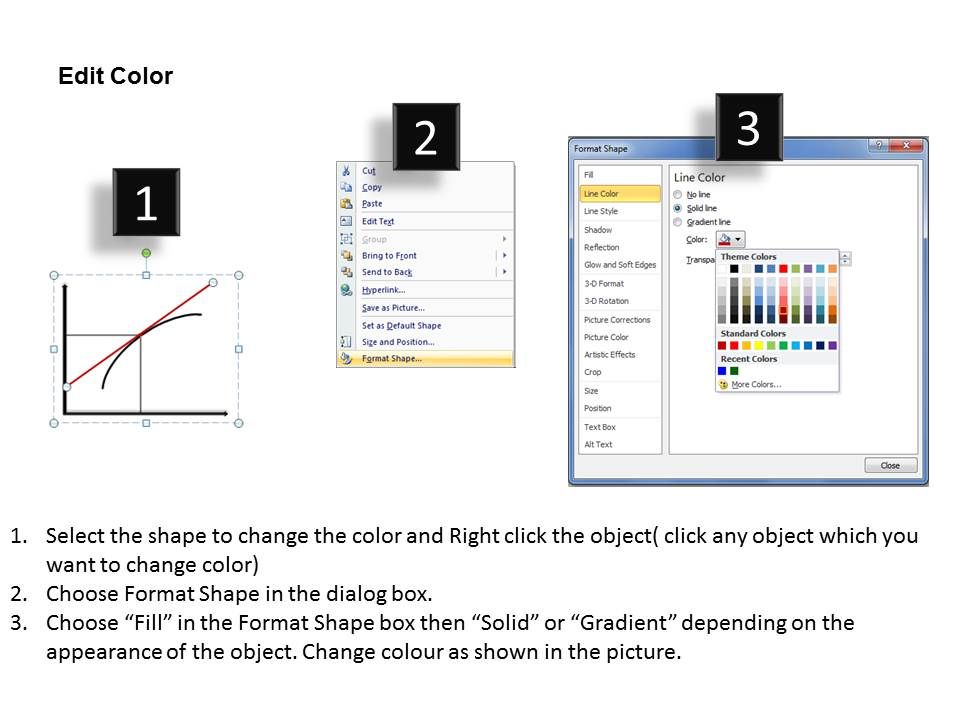

It is often regarded as a far superior technique of estimating the cost of equity to the dividend growth model (DGM).It is a theoretically generated link between necessary return and systematic risk that has been empirically researched and tested numerous times.It only examines systematic risk, reflecting the reality that most investors have well-diversified portfolios with little or no unsystematic risk.The CAPM has a number of advantages over alternative methods for computing needed returns, which is why it has been so popular for over 40 years: It offers both advantages and disadvantages when applied in practice: Pros of CAPM Since market risk can t be predicted, no investor can mitigate its effects in their entirety.ĬAPM is a financial theory that proposes a linear link between an investment’s necessary return and risk. DDM, or dividend discount model, disregards the effects of such risks on returns. Systematic risks can alter this calculation significantly – In CAPM, the beta factor considers any systematic risks associated with an investment.In many cases, the CAPM produces a more helpful result than either the DDM or the WACC models. Convenient and simple – The CAPM is a straightforward formula that can be easily stress-tested to generate a range of possible outcomes and ensure that the needed rates of return are met.In the financial market, transaction costs are believed to be low, and investors can buy and sell assets in unlimited quantities at a risk-free rate of return. Investors examine only a one-period horizon while making investment decisions, rather than many period horizons. As a result, investors expect a bigger return if a portfolio has a higher risk. They want to put their money into a low-risk portfolio. Assumption of a diversified portfolio – Risk aversion is a common trait among investors.When making investment decisions, the model is frequently utilized in conjunction with fundamental analysis, technical analysis, and other methods of sizing up assets. The capital asset pricing model (CAPM) attempts to calculate how much you can anticipate earning based on the level of risk. When it comes to investing, the larger the risk, the higher the expected return. As a result, when the number of risk changes or other market circumstances makes an investment riskier, they’ll use the formula to help re-price and anticipate potential returns.

When determining the fair value of a stock, investors employ CAPM. Investors can use CAPM to compute and estimate the required return on investment based on a risk assessment. Investors, by nature, are risk-averse and will only accept a risk if they can predict the expected return on investment. The cost of equity is the discount rate applied to expected equity cash flows to help an investor evaluate the price they are willing to pay for those cash flows. Even equity carries the risk of a discrepancy between the actual and expected returns. Importance of CAPMĮvery investment entails some level of risk. CAPM primarily deals with systematic risks on securities, anticipating whether or not something will go wrong with a certain investment. As a result, unsystematic risks are not viewed as dangerous by the general market. On the other hand, unsystematic risks refer to the specific dangers of investing in a particular stock or equity.
#Capital asset pricing model capm plus#
When analyzing CAPM, it is important to remember that returns scheduled on particular security equal risk-free returns plus a beta component. CAPM is a specialized model used in business finance to analyze the relationship between expected dividends and the risk of investing in a specific company. It demonstrates that a security’s expected return is equal to the risk-free return plus a risk premium based on the security’s beta. The Capital Asset Pricing Model (CAPM) is a mathematical model that describes the link between a security’s expected return and risk. What is the Capital Asset Pricing Model (CAPM)?

The CAPM, which ties the predicted return on a security to its sensitivity to the wider market, is the most prevalent method for calculating the cost of equity. The CAPM is used to compute the cost of equity, which is defined as the needed rate of return for equity investors. The Capital Asset Pricing Model (CAPM) calculates an investment’s expected return based on its systematic risk. Investors use the capital asset pricing model (CAPM) to calculate investment risk and what return on investment they can expect. To compensate for that risk, investors look for a rate of return. There is always some level of risk when it comes to investments no matter how much you diversify them.


 0 kommentar(er)
0 kommentar(er)
